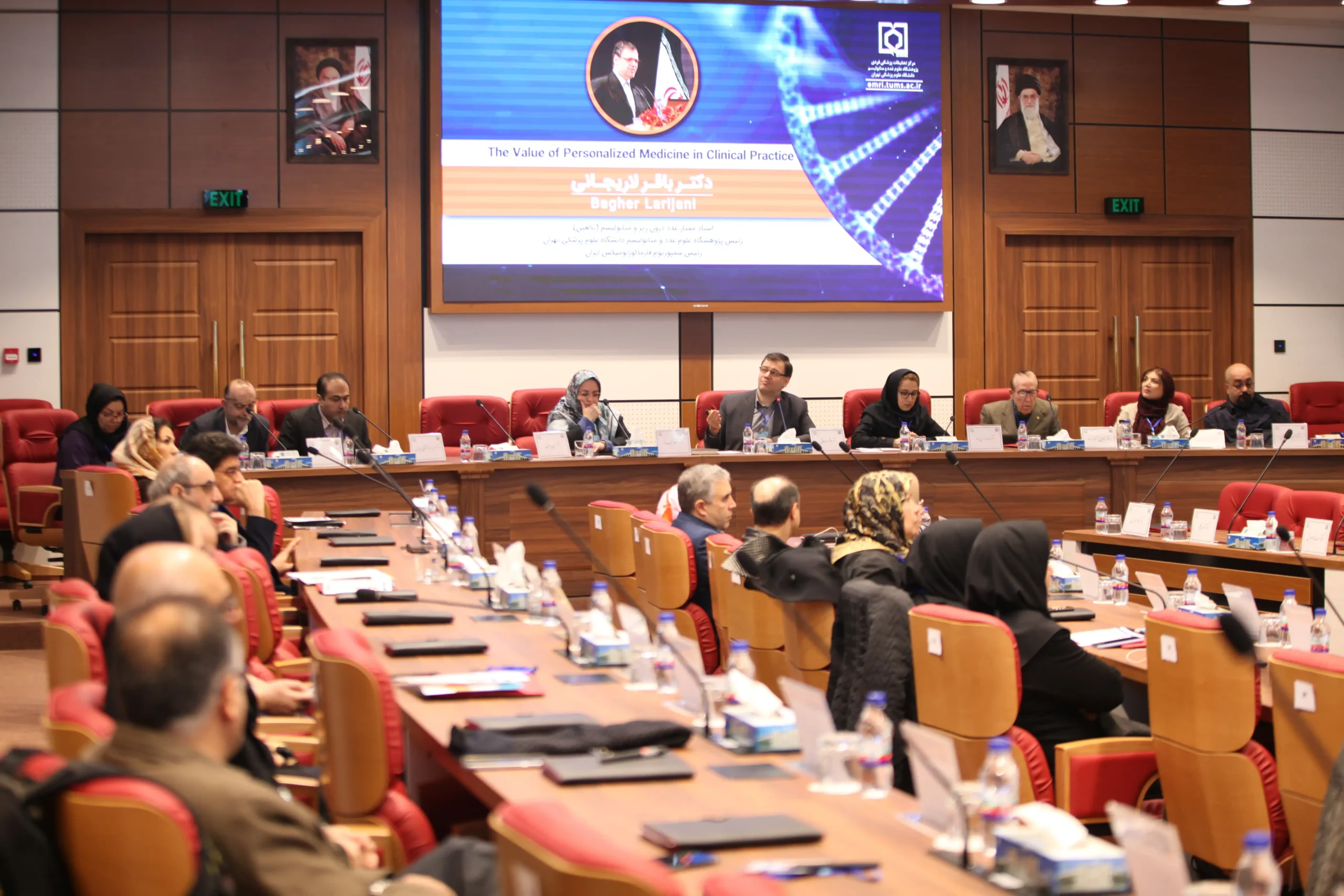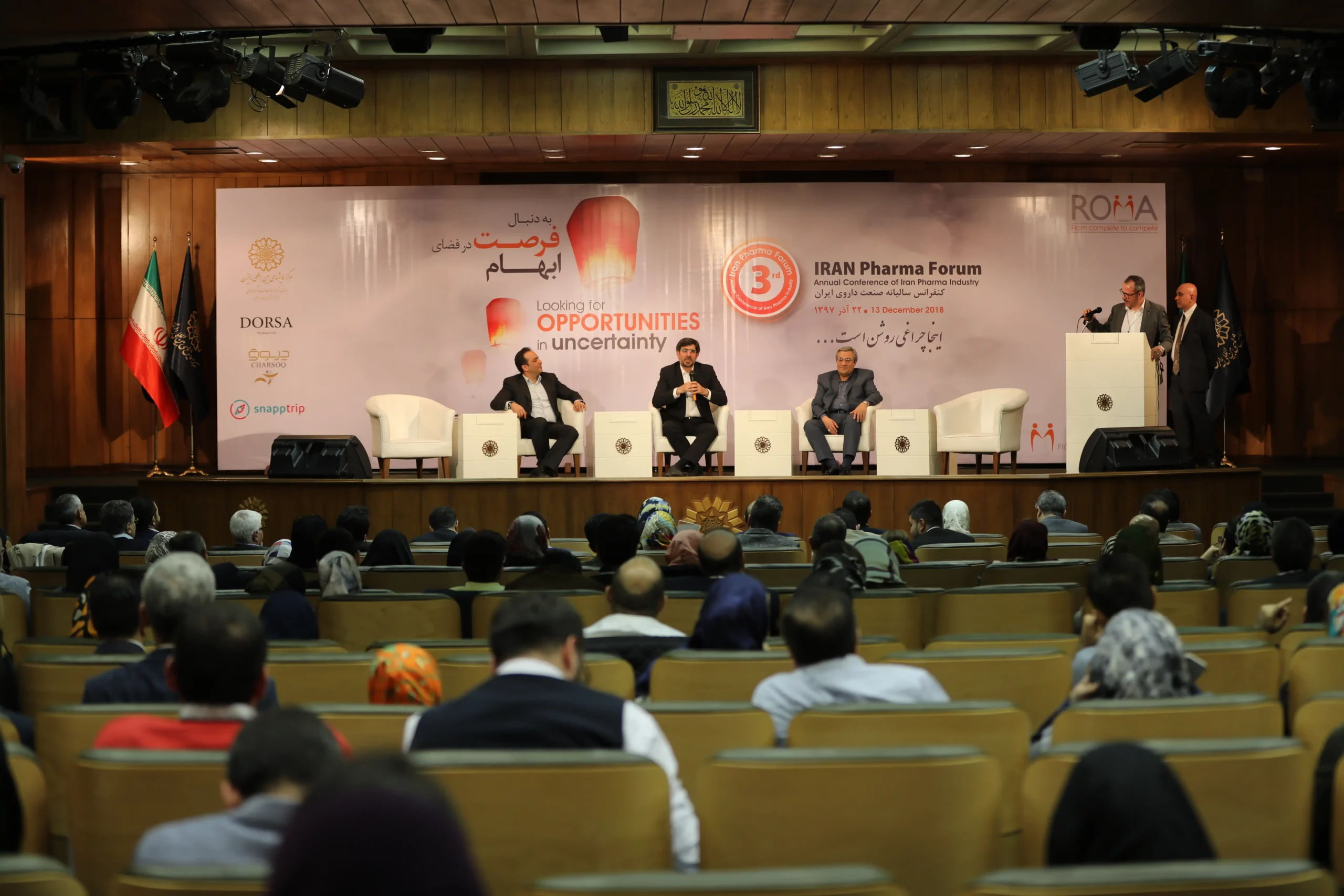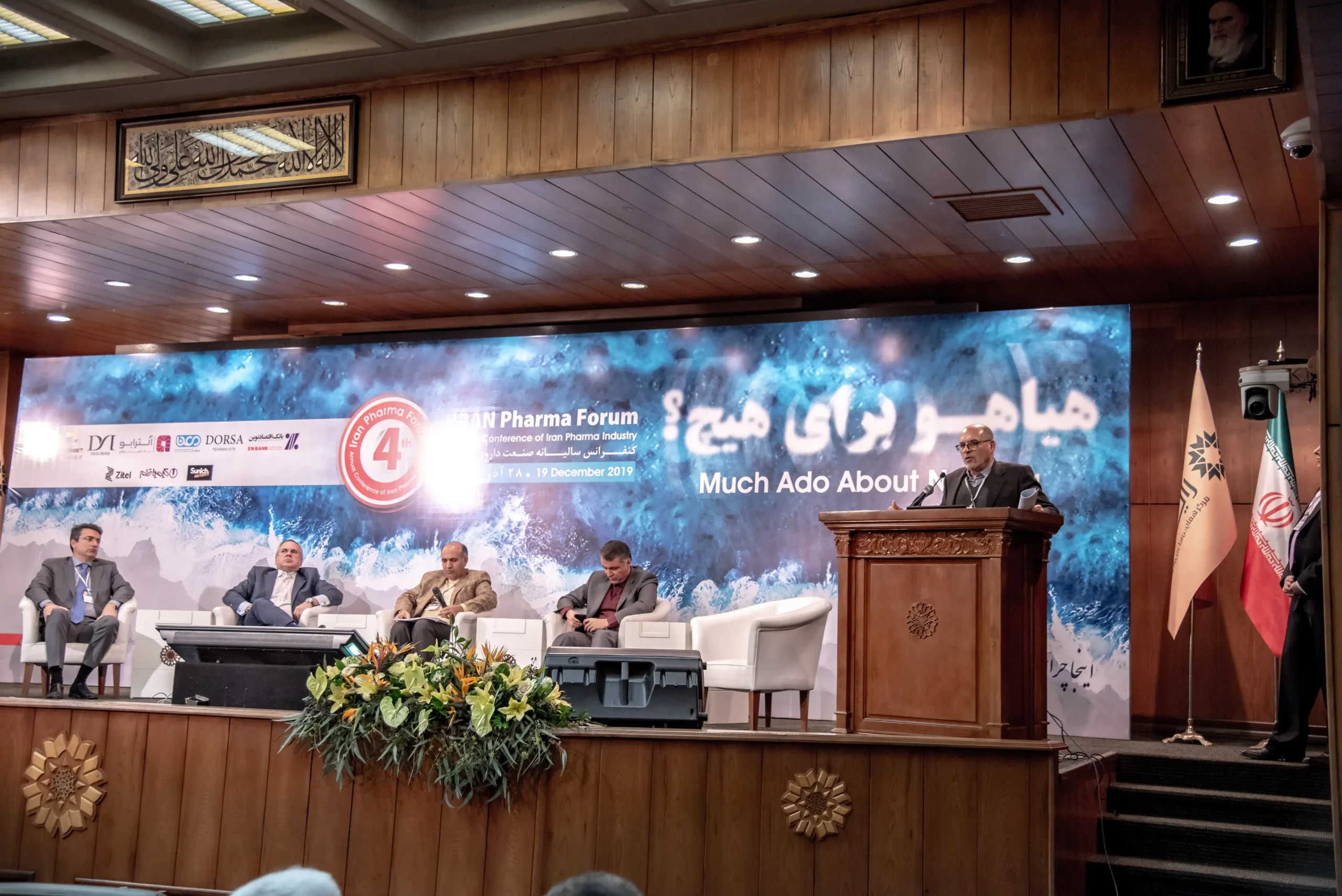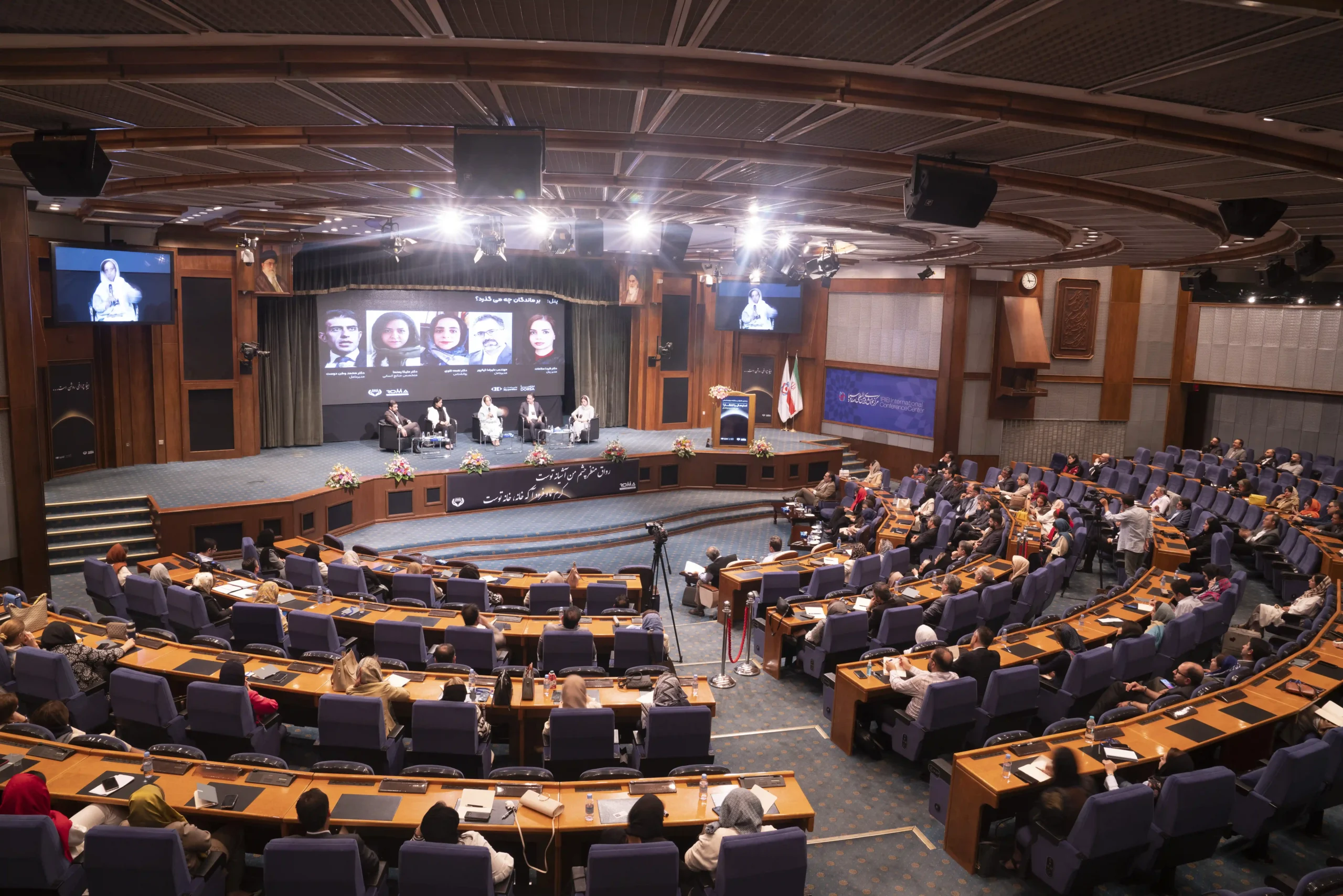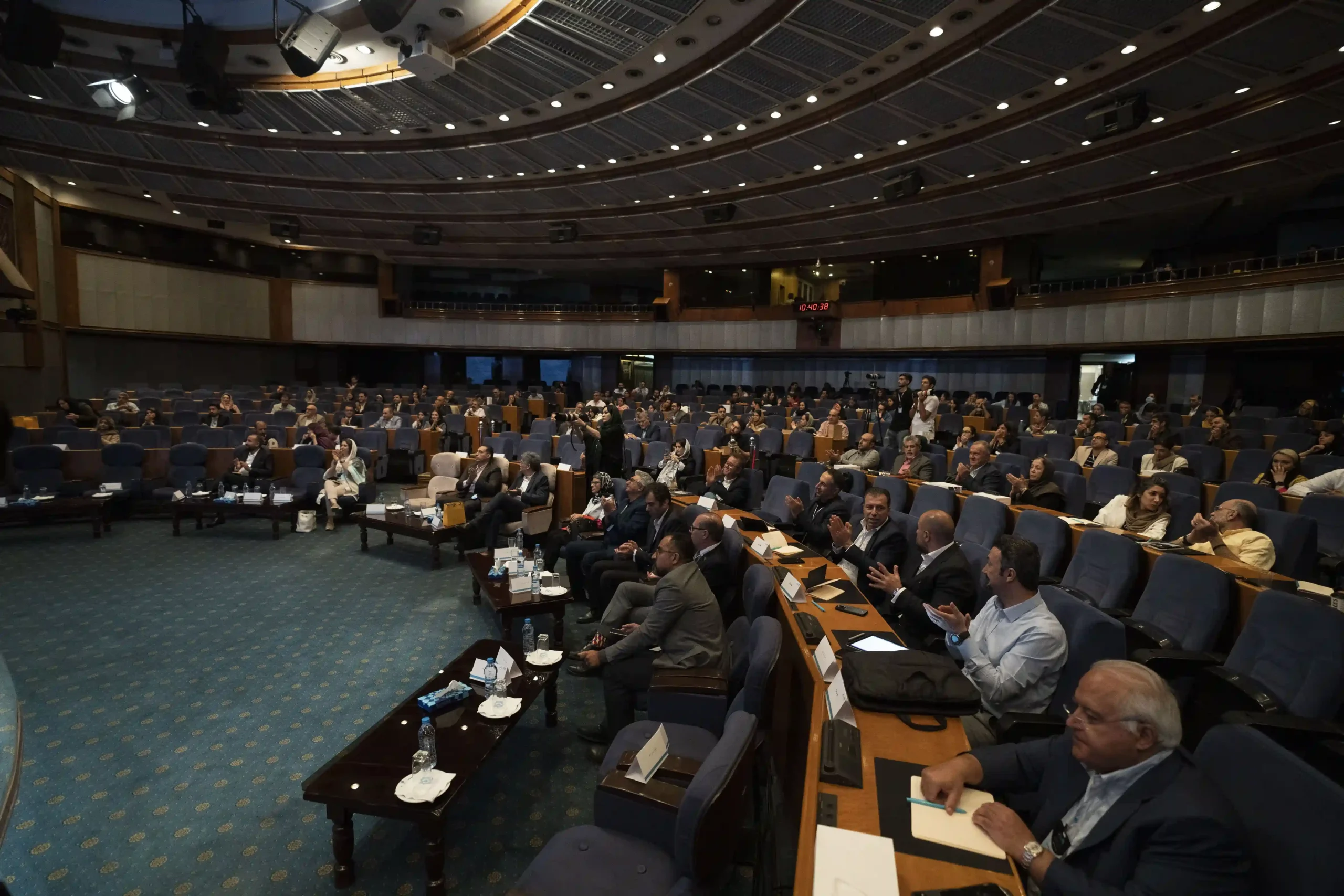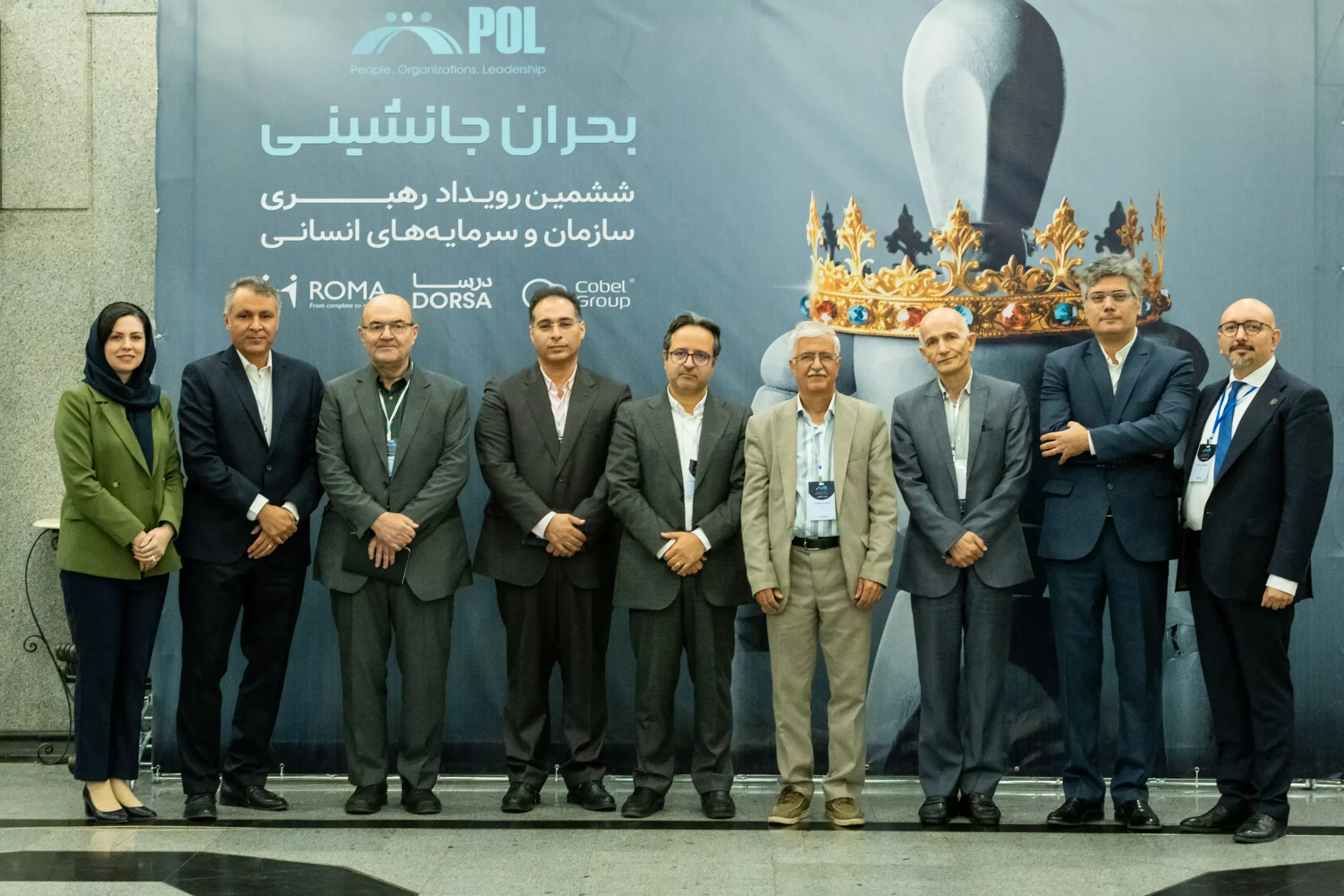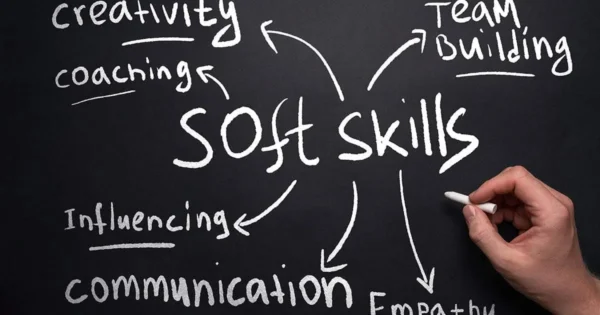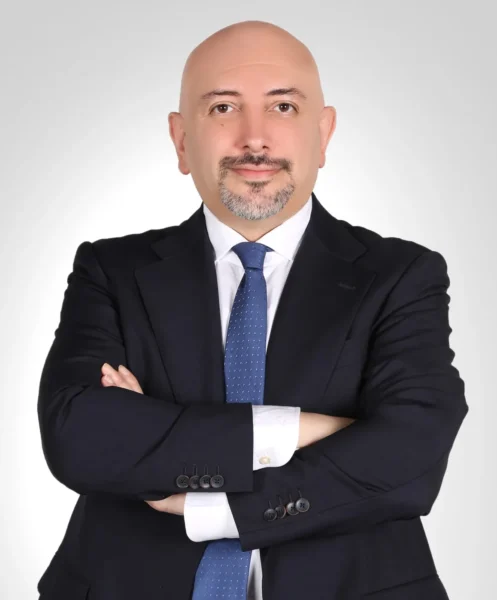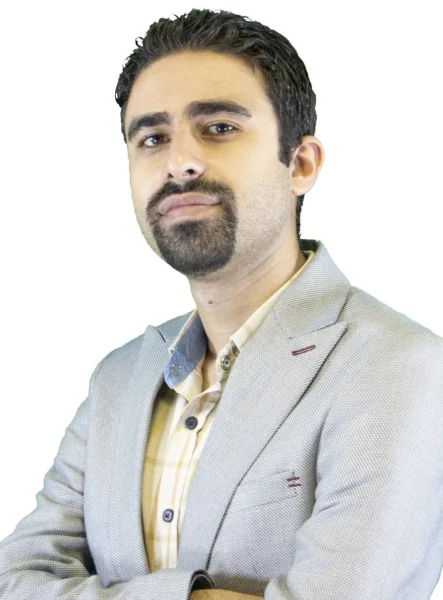Unique learning experiences with Roma
Personal growth and development is a journey that gains meaning through professional guidance and support. At Roma Group, with over a decade of experience in coaching and consulting, we are here to accompany you on this path. Through various programs such as Redpa and Pol events, individual coaching sessions, and our Romacast and Romatak podcasts, we help you move forward.

Why should we use learning experiences?
The selection of educational content and its program should be based on a thorough needs assessment. A proper needs assessment is the first step toward effective learning. Then, delivering the educational experience in a workshop-style and interactive manner ensures that individuals gain first-hand experience, making them more prepared to apply what they have learned in practice. To maximize the effectiveness of training, performance evaluation programs should include relevant metrics, and in addition to intrinsic motivation, individuals should have external incentives to apply their knowledge. Follow-up training sessions or on-the-job mentoring serve as guiding tools and act as an implementation guarantee for the learning process.

What is important to us is not just teaching, but creating an educational experience for you.
A different look
A different look at the path to success in the book "How to Get Rich in 5 Days by Elon Musk." With an innovative approach, this book shares the key principles and strategies that Elon Musk has used to...

Four steps in professional training

Step One – Accurate Needs Assessment
Contrary to the common perception that training is defined by its delivery and, at times, its outcomes, professional training actually begins well before the training session takes place. A thorough needs assessment—grounded in the history, challenges, and requirements of the target audience, and aligned with the core competencies of relevant roles—can serve as a key foundation for ensuring the success and effectiveness of the training.
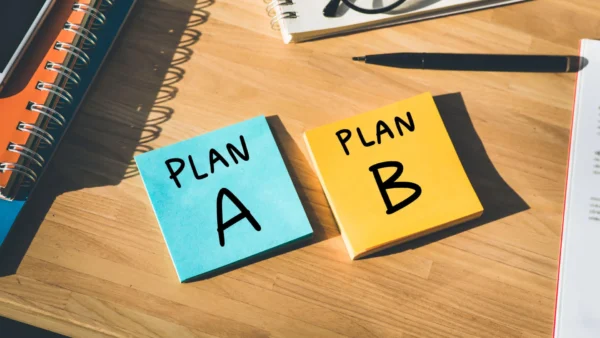
Step Two – Planning and Design
After identifying the needs, the structure, topics, and training program are designed based on the gathered information and presented as an initial proposal. Following discussions and mutual agreement, the finalized structure and topics form the foundation for developing appropriate content. In this way, an effective training course is thoughtfully designed and tailored to meet the specific needs of the audience.
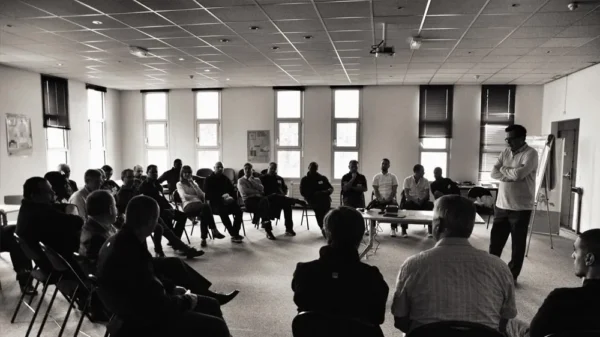
Step Three – Implementing the Training Program
It is clear that the way a training program is delivered has a direct impact on its effectiveness. Today, it is well established that the more we can enhance the engagement and involvement of the target audience within a well-designed learning environment, the greater the likelihood of internalizing the content and achieving meaningful outcomes.

Step Four – Measurement and Recovery
Even under ideal conditions and with all the aforementioned elements in place, the effectiveness of training can rarely be guaranteed beyond 50%. From our perspective, it is essential for the training provider—working alongside the organization’s learning team or human capital department—to design performance metrics directly tied to the training objectives. These metrics should then be integrated into the performance evaluation program for the target audience. Through ongoing assessment and the delivery of meaningful feedback, the effectiveness of training can be significantly increased. Execution, continuous evaluation, and regular review and reinforcement are the true guarantees of impactful learning.
Training is just one step on the path to meeting your organization's needs for professionalism and development.
Roma training, which covers more than thirty topics, can be introduced into three general categories. Although we do not generally provide general recommendations or generic lists and believe that course design should be based on the needs of each group, they are generally included under these headings.
-
![Human soft skills]()
Growth and development in the business world, in addition to technical skills and specialized knowledge, require a set of competencies that are often overlooked in academic environments. These skills—which significantly impact both your professional performance and progress, as well as your personal life—are commonly known as soft skills. However, the term “soft” has at times diminished their perceived importance. As a result, many sources now refer to them as human skills.
Human skills include abilities such as effective communication, teamwork, time and attention management, conflict resolution, critical thinking, decision-making, and more. Unlike technical skills, which relate to specialized knowledge, human skills are more connected to our behaviors, attitudes, and ways of interacting with others. They are key to improving both the quality of our work and our personal lives. Developing these skills requires conscious effort and consistent practice—and the payoff is substantial: a better personal and professional life, stronger relationships, and long-term success.
These skills feature prominently in the various lists and recommendations published by reputable institutions outlining the essential competencies individuals need for future professional and personal success. For example, the Future of Jobs report by the World Economic Forum—published at the beginning of 2025 and publicly available—clearly highlights the critical importance of these skills.
At Roma, in line with our mission of fostering human development within organizations, we have curated a comprehensive set of training courses, workshops, and programs. At the same time, we strive to understand your needs and those of your organization in depth—taking into account the real challenges you face—in order to co-create effective, customized solutions with your input and collaboration.
Furthermore, we are committed to continuously updating these offerings in response to evolving needs, so we can deliver a learning experience that is not only enjoyable and impactful, but also leads to tangible, lasting results for you and your organization.
Leadership

Leadershift
The third stage of the journey is primarily a reflective and intellectual one. It centers on a fundamental shift in attitudes, beliefs, and mindsets. A return to the true self—as the foundation of authentic leadership—is the core of this phase. In this stage, we aim to create the conditions for a paradigm shift, offering our fellow traveler the space and support to embrace a deeper transformation.


Take Off
The second stage involves more theoretical discussions and the acquisition of more advanced and complex skills and tools. Managers are expected to engage in deeper thinking, make decisions on more complicated issues, and overall develop a more precise and profound understanding of their responsibilities and accountability.

Frequently Asked Questions
The selection of educational content and its program must be done after a careful needs assessment. A correct needs assessment is the first step towards educational effectiveness. Then, the way of presenting the educational experience in a practical and interactive way will ensure that the individual has gained first-hand experience and is more prepared to apply what he has learned in the field of practice. It is necessary that for the effectiveness of education, there are measures to be considered in performance evaluation programs and that the individual has an external motivator in addition to self-aware internal motivation to apply the teachings. Retraining sessions, practice or in-action guidance are the guide and guarantee of the implementation of education.
The selection of educational content and its program must be done after a careful needs assessment. A correct needs assessment is the first step towards educational effectiveness. Then, the way of presenting the educational experience in a practical and interactive way will ensure that the individual has gained first-hand experience and is more prepared to apply what he has learned in the field of practice. It is necessary that for the effectiveness of education, there are measures to be considered in performance evaluation programs and that the individual has an external motivator in addition to self-aware internal motivation to apply the teachings. Retraining sessions, practice or in-action guidance are the guide and guarantee of the implementation of education.
The selection of educational content and its program must be done after a careful needs assessment. A correct needs assessment is the first step towards educational effectiveness. Then, the way of presenting the educational experience in a practical and interactive way will ensure that the individual has gained first-hand experience and is more prepared to apply what he has learned in the field of practice. It is necessary that for the effectiveness of education, there are measures to be considered in performance evaluation programs and that the individual has an external motivator in addition to self-aware internal motivation to apply the teachings. Retraining sessions, practice or in-action guidance are the guide and guarantee of the implementation of education.
Roma Services

comEx service
This is a very long dummy text. Every word and sentence you see here exists solely for testing the layout and formatting of pages. Please, don’t look for any meaning in this text, because there really isn’t any! The only purpose is to fill space, nothing more.

With Roma, be the best version of yourself.
Personal growth and development is a path that makes sense with professional guidance and support. At Roma Group, we are with you on this path with over a decade of experience in coaching and consulting. Through diverse programs such as Footsteps and Bridges events.



